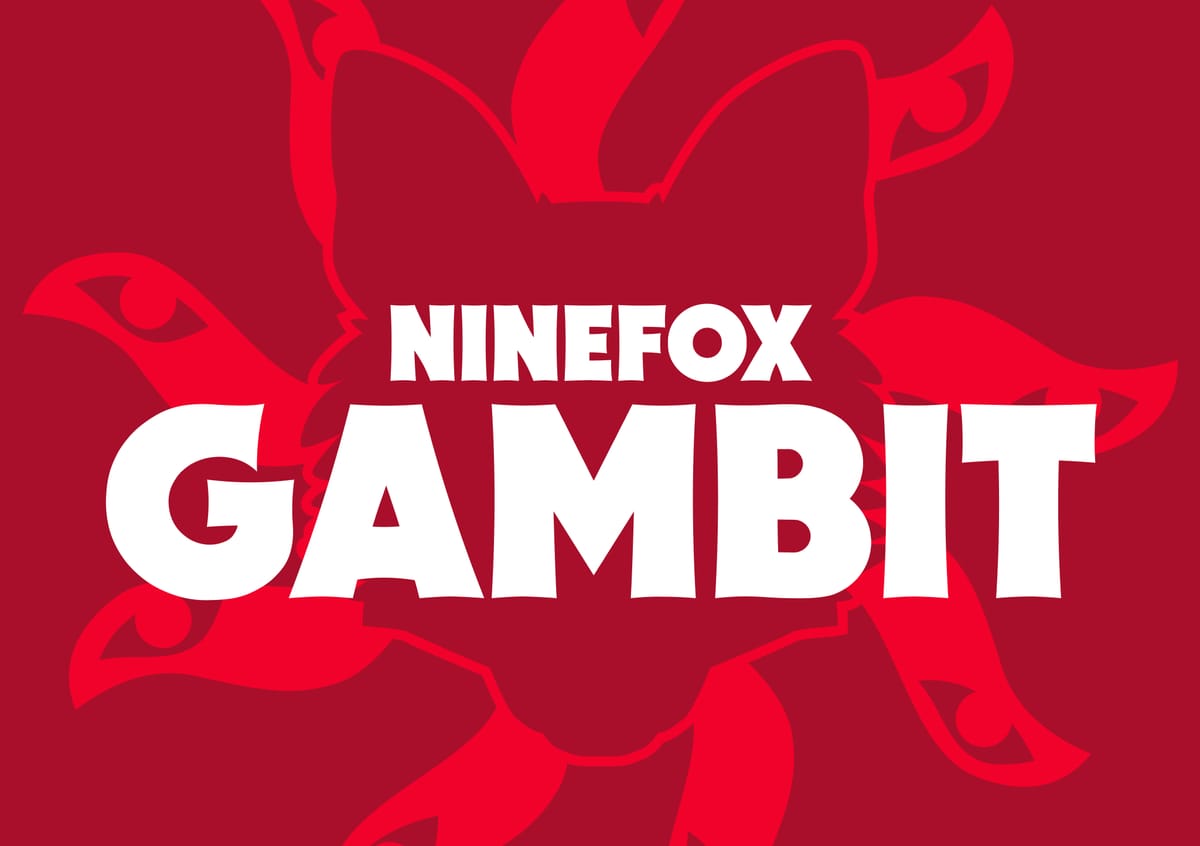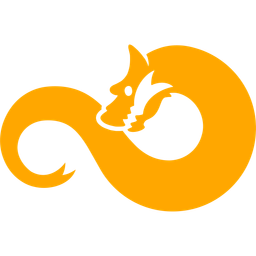Revenant Gun by Yoon Ha Lee
Come for the calendrical mechanics, stay for the characters.

Revenant Gun, published in 2018, is the final book in the fantastic Machineries of Empire space opera/military sci-fi trilogy by Yoon Ha Lee. This review focuses on Revenant Gun and the trilogy as a whole and, as such, contains spoilers for the first two books (and possibly some minor spoilers for the third book).
If you haven't read the rest of the books in the series, I recommend reading reviews of those first. You can find them here:


Now, without furhter ado...
The Story
Following her victory against the Hafn invaders in Raven Stratagem, Cheris spikes the calendar, effectively breaking the Hexarchate into pieces.
At the same time, following years and years of planning, the Shuos Hexarch Mikodez executes a strike against the rest of the Hexarchs, assassinating all but one of them.
Now, various players rise to divide the board among themselves:
Heading the Protectorate, Protector-General Kel Inesser, the most successful Kel general save for perhaps Jedao, rallies the loyal Kel forces behind her cause of reuniting the Hexarchate under her leadership.
Opposite her, High General Kel Brezan takes control over the Compact, where Cheris' new calendar gives people the freedom of choice and does away with bloody remembrances.
And somewhere, hidden as always, the Nirai Hexarch Kujen prepares a new toy, a revenant gun to help him crush the Protectorate and the Compact and restore his own high calendar over all of the Hexarchate.
As the Hexarchate is plunged into chaos and Brezan needs her the most, Cheris abandons her swarm and disappears, not to be seen or heard from for the next nine years...
While several scenes in Revenant Gun happen immediately after the events of Raven Stratagem, these are merely to explain the aftermath of Cheris' calendar spike and Mikodez's assassination of the Hexarchs. The rest of Revenant Gun mostly occurs after an almost decade-long time skip.
During this period, the characters from the second book had time to establish a new world order. The old Hexarchate is now divided into several new successor states, each with its own form of government. For nine years, the leaders of these new states have had to deal with crisis after crisis, trying desperately to do the right thing in the sea of impossible decisions—and survive.
Enter Nirai Kujen.
For nine hundred years, Nirai Kujen has been the Hexarchate's best-kept secret. Nine hundred years ago, he invented the black cradle immortality device and became the Nirai Hexarch. For nine hundred years, he has shaped the Hexarchate from the shadows while the Nirai were led by a False Hexarch.
Then, some four hundred years ago, Kujen met Shuos Jedao—the most brilliant military strategist the Hexarchate had ever seen—and instantly knew he had to have him. Together, they made a plan that would ensure Jedao's immortality and, unbeknownst to Jedao, an eternity spent as Kujen's toy.
But then, at the end of Ninefox Gambit, Jedao decided to sacrifice himself—and his immortality—to save Kel Cheris, the only person who had a chance of destroying Kujen.
Following the destruction of Cheris' swarm after the battle of the Fortress of Scattered Needles, Kujen collected the glass remnants of Jedao's memories, hoping to restore his most precious gun and bring him back into Kujen's service. This weapon is less than he'd hoped for. This Jedao—Jedao Two if you will—only has memories of his childhood and teenage years. But he will have to do. After all, this time Kujen doesn't need him for his strategic genius. He just needs him to be him. To be Kujen's gun.
The review
While I absolutely love Machineries of Empire, and I love Revenant Gun, I do have a couple of issues with this third book. And most of these boil down to one thing. The lack of Cheris and—ironically—Jedao.
I know, I know, we get two Jedaos in this one, but... do we really?
Jedao Two, to start with the easier one, is a half-baked version as a result of his missing memories. He is confused and overwhelmed and while, yes, he is great for helping us understand certain aspects of Jedao better, he is almost nothing like the Jedao we want to see more of—the badass strategist from book one.
And then there is Cheris/Jedao, the result of Cheris consuming most of Jedao's memories. It seems that after creating this gestalt of Cheris and Jedao, Yoon Ha Lee was never quite able to continue writing it.
In Raven Stratagem, Cheris spends most of her time hiding in her quarters, working on math problems and preparing for the big twist at the end. We only get to see her through the eyes of other characters, and we don't even know for sure who she really is. And although this did turn out to be a valid part of her strategy, I was hoping we would get to see more of her and Jedao in Revenant Gun.
And then the second chapter opened with this:
The morning after Cheris disappeared...
Ah shit.
Now, we do get an entire assassination plot involving Cheris/Jedao a bit later on, but it's quite basic and it doesn't really explain why Cheris had to go missing for nine years (making the whole time skip feel a bit detrimental). And to make things worse, this part of the story is told from the point of view of Hemiola, a servitor who, in my opinion, is the least interesting point of view character of Revenant Gun.
I get it. Jedao was, in a way, unknowable. Something beyond our understanding. Something we won't ever be fully able to comprehend. Maybe even Cheris, even after reliving his memories, was never truly able to understand who he was and how much of him is now a part of her.
Still, it feels cheap to not be able to fully experience Jedao and Cheris in their prime.
Anyway, it's not all bad.
Apart from the whole moth thing, which was a bit too gimmicky for me, the rest of the book is pretty good and, like the rest of the series, orchestrated brilliantly. As is the case in Raven Stratagem, we follow several central characters whose fates all collide in a show of fireworks at the end of the book.
Here, the character of Nirai Kujen is probably the most entertaining addition. We saw glimpses of him in the previous books, but here he really takes the spotlight. He is menacing, he is vicious, he skulks in the shadows like the perverted evil bastard he is.
He is the perfect contrast to Hexarch Mikodez from the second book.
Apart from Kujen, Revenant Gun can't focus too much on any single character—there's simply too much work to be done—but everyone gets to have their moment in the spotlight. Another one of my favourites is High General Kel Brezan, who I didn't particularly enjoy in the second book. Here, however, I couldn't help but really feel for the guy.
Brezan is alone. Following Cheris' coup, he is thrust into a position of leadership (for which he thinks he is woefully inadequate) and abandoned. To make things worse, his entire family thinks he's a traitor. Luckily, Brezan gets a heartwarming redemption arc (It's a redemption arc to me because I started to care about him, okay?) and in the end, some nice closure for his struggles.
Finally, as is the case with calendars, Machineries of Empire is about tradition. Cycles repeat and rituals must be observed.
In each book, there is a strategically important space fortress that is being fought over. In book one, it is the Fortress of Scattered Needles. In book two, we had the Fortress of Spinshot Coins. Book three is no different in that it has the Fortress of Pearled Hopes.
All strategies lead here.
Kujen and Cheris have decided that this is where the final battle of their war will take place. Battles will be fought in space and on the ground. There will be incandescent formations and malefic threshold winnowers. Tactical groups and subdisplays. This is to be an epic showdown that will decide the future of the entire Hexarchate.
And believe me, it is adequate.
The conclusion
I read all three Machineries of Empire books back to back over a (for me at least) relatively short period of time. The series starts off as something tightly plotted, fast-paced, and completely alien, but once that novelty wears off, what remains underneath is a strong, character-driven story. You could probably sum it up as something like this:
- Come for the calendrical mechanics, stay for Brezan and Tseya.
- Or, come for the calendrical mechanics, stay for Zehun and Mikodez.
- Or, OR!, come for the calendrical mechanics, stay for Nirai Kujen.
I don’t know, pick one—I couldn’t.
Yoon Ha Lee's characterisation skills are so good that, even though each book is dominated by one iconic character, they never really eclipse the others. These smaller characters slowly grow on you and before long, you can't help but care and cheer for them. I know it's probably not going to happen, but I would really love to see more books set in the Hexarchate and, ideally, featuring the characters I have grown to love.
For now though, I beware of the spoilers, as there is still one more book to be read. As I understand, Hexarchate Stories is a short story collection that includes both prequel and sequel stories featuring some of our favourite characters. The one I'm looking forward to reading the most—Glass Cannon—is about, you've guessed it, Cheris and Jedao!
After Ninefox Gambit and Raven Stratagem—which were both mind blowing—Revenant Gun felt more like the inevitable conclusion (though it's not without its twists). Because of that, I feel like Ninefox Gambit and Raven Strategem are both equally strong, with Revenant Gun being a little bit behind.
But even though it may not be the best Machineries of Empire book, it's more of the Hexarchate, and that's all I needed it to be.






